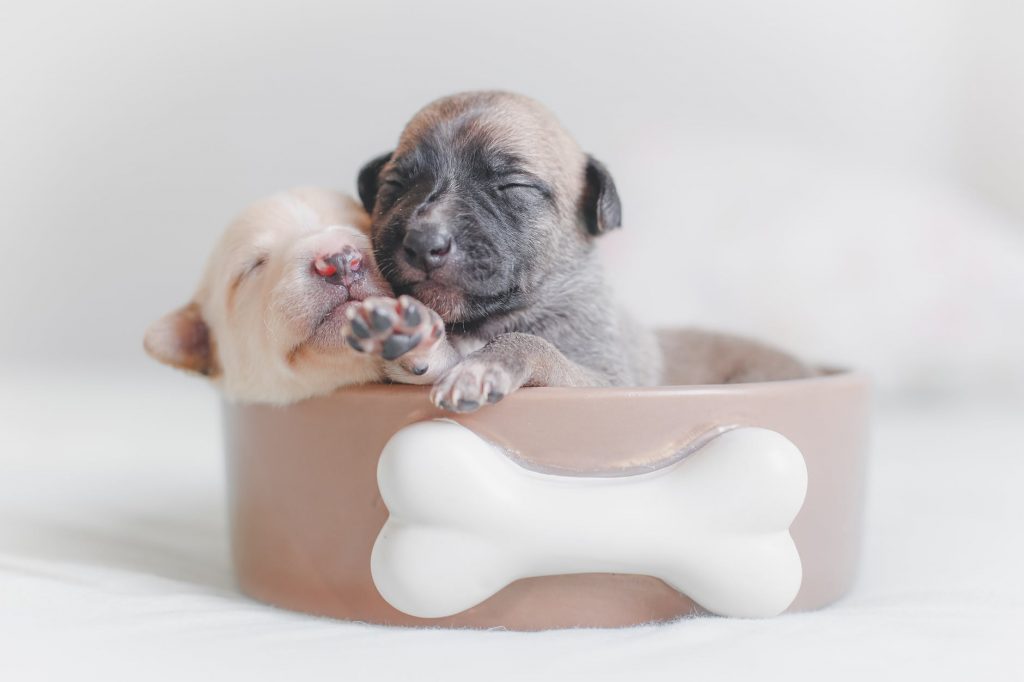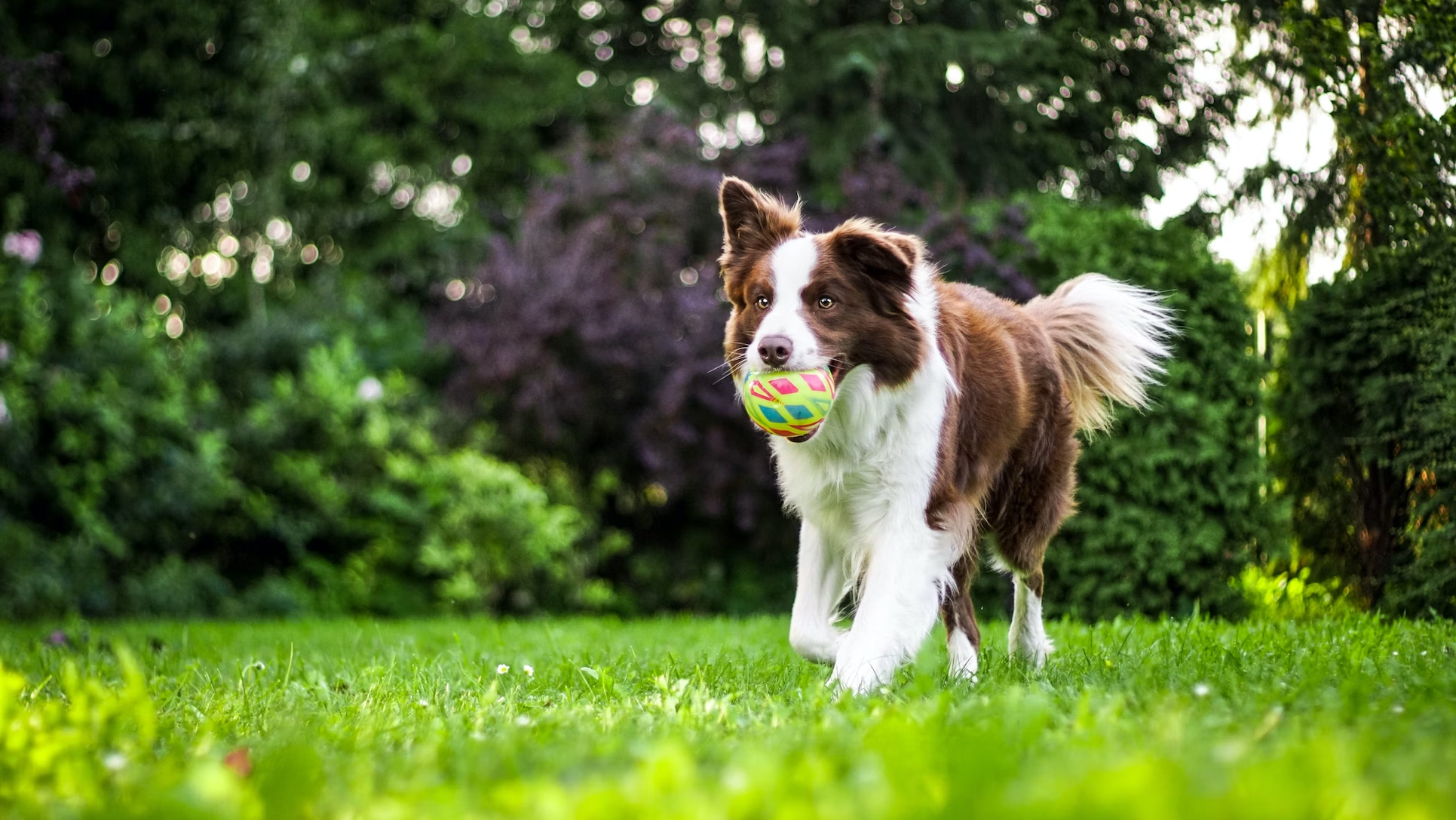Trying to administer medication to a resistant dog quickly becomes an exercise in futility. When your pooch objects to ear drops by shaking their head, running away, or biting the dropper, patience wears thin. However, several techniques allow you to safely and effectively treat your dog’s ears even if they refuse to cooperate.
Understanding Dog Ear Drop Aversion
Before tackling an uncooperative dog’s ears, appreciate why they resist drops:
- Associating ear cleaners with past pain or discomfort
- The odd sensation of cool liquid entering the ear canal
- Disliking restraint needed to administer drops
- Natural discomfort with having ears handled
- Anxiety about procedures or handling in general
- Lack of positive conditioning to ear cleaning from a young age
While frustrating, your dog’s squirmy opposition likely arises from fear versus stubbornness. With compassion and creativity, their outlook can improve.

Training Your Dog to Accept Ear Drops
Transforming your dog’s mindset around ear drops relies on skillful training with positive reinforcement:
Desensitize handling – Gently touch around the ears regularly, pairing with treats to countercondition comfort with handling.
Introduce the bottle – Let your dog investigate, sniff, and lick the closed bottle, rewarding calm interest.
Simulate process – Practice tipping the bottle near the ear and massaging gently without releasing liquid. Praise and reward tolerance.
Add soft touches – Lightly touch dropper tip to ear canal opening without squeezing as you continue desensitizing.
Administer on schedule – Eventually progress to giving actual drops on a consistent schedule before ear issues arise.
Keep sessions positive – Stay patient, use happy tone, incorporate play and affection. Never scold or forcefully restrain.
Have assistance – Have someone help hold and reassure your dog if needed while you quickly administer drops.
With regular counterconditioning, most dogs overcome their ear drop fears. But when medication is urgently needed, try these tactics.

Strategies for Giving Ear Drops to Uncooperative Dogs
If you need to medicate infected or painful ears now, outsmart your resistant dog:
Allow natural shaking – Hold off tilting the head until your dog shakes their ears. This brings the canal vertical for drops to penetrate.
Gently restrain – Use the minimum restraint needed to quickly administer drops. Offer praise and treats after.
Apply distraction – Have an accomplice engage your dog with toys, treats or cuddles while you treat ears.
Sedate mildly – Consult your vet about safe, short-term calming supplements to reduce stress response temporarily.
Use treats strategically – Present tasty morsels before and after drops to offset negative associations.
Stay positioned – Stand directly behind your dog’s rear versus in front to avoid bites.
Act swiftly – Squirt drops quickly so process is over before your dog becomes agitated.
As a last resort, your veterinarian can sedate your dog to allow proper ear treatment when infection requires urgent resolution. But building trust through training remains ideal long-term.
When to Seek Professional Help with Ear Care
If efforts to acclimate your dog to ear drops fail, seek assistance from:
- Your veterinarian – for sedation options, prescription anti-anxiety medications, or alternative treatments
- A certified trainer – to customize a counterconditioning protocol catered to your dog
- A veterinary behaviorist – to address extreme handling phobias contributing to resistance
- A groomer or vet technician – experienced pros often have tricks to swiftly and safely administer ear meds
Rather than battle your beloved pup, enlist experts to solve the ear drop challenge amicably. Your dog deserves both effective treatment and gentle care. With teamwork and compassion, you’ll conquer their ear drop evasions.
Conclusion
Dosing unwilling dogs with ear treatments challenges patience. But positive training paired with strategic handling allows you to overcome your dog’s aversion. Staying calm, making it enjoyable, taking preventative measures, and seeking assistance when needed transforms ear care from dreaded to tolerated. Soon you’ll have a cooperative canine ready for their eardrops and healing.



